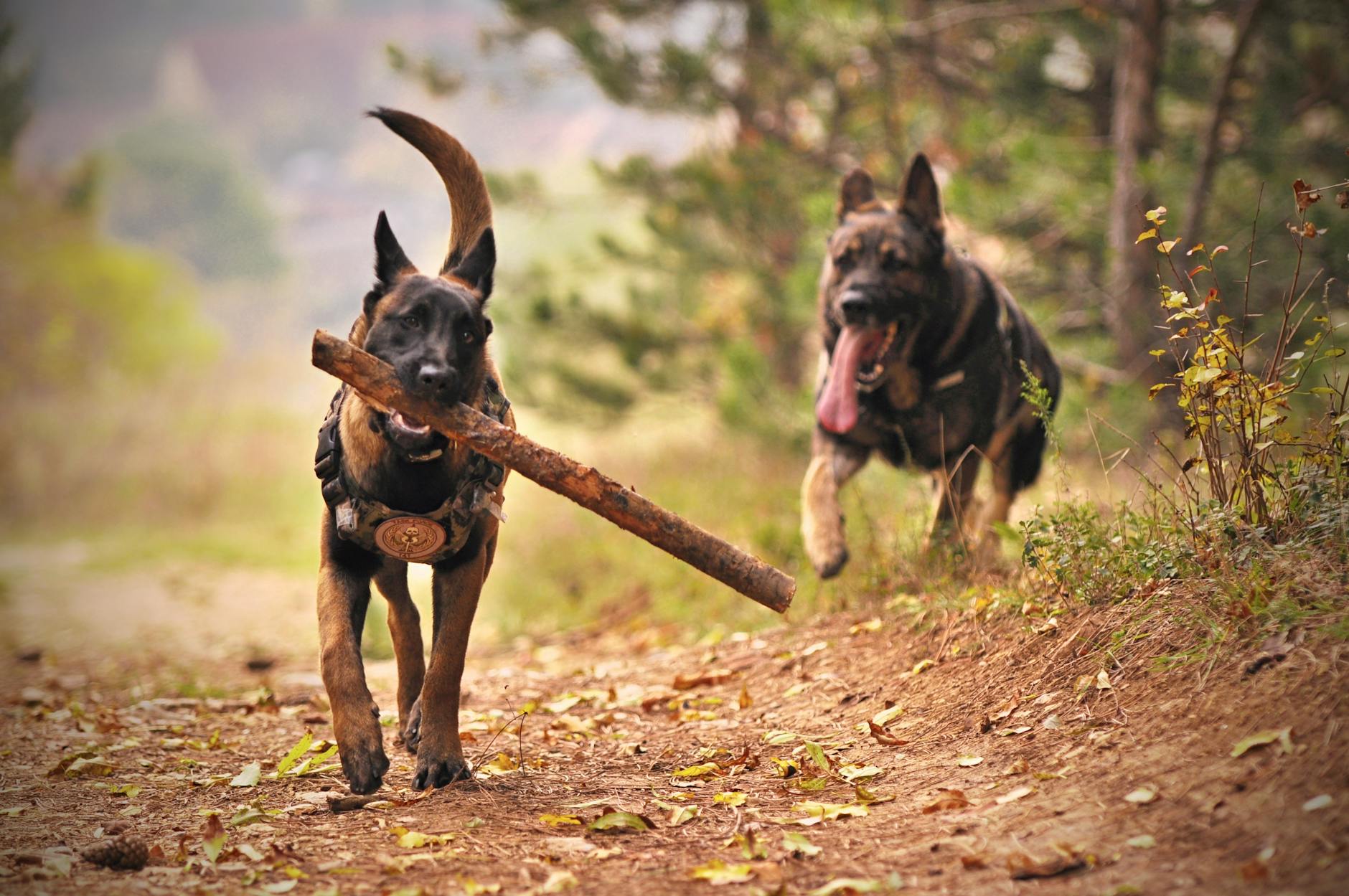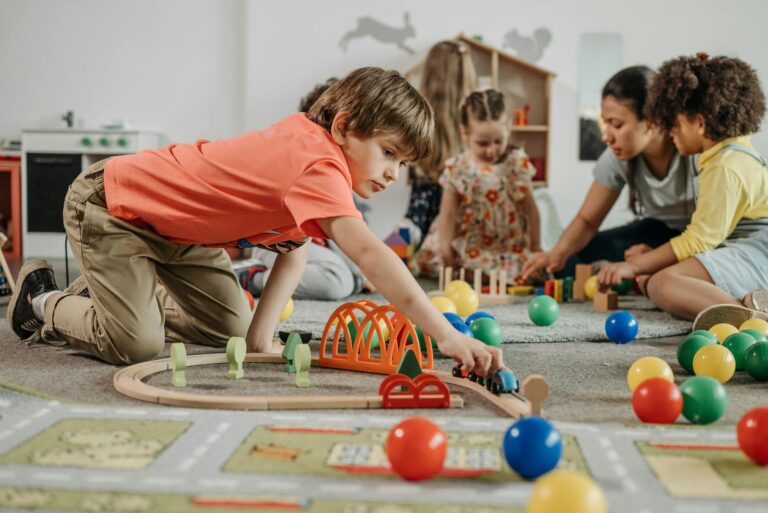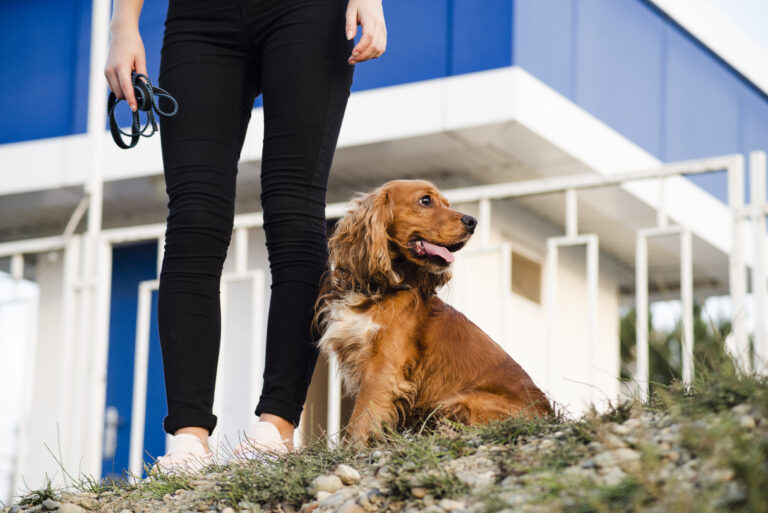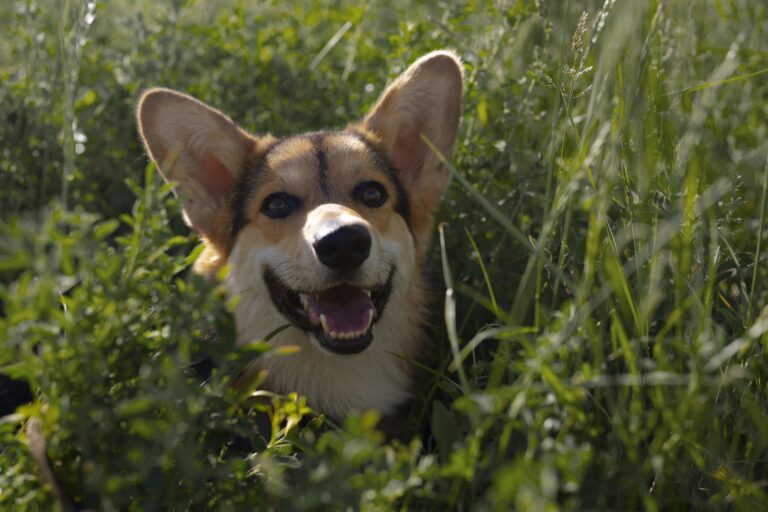Effective Aggressive Dog Training Tips
Unlock the secrets to effective aggressive dog training with these 10 essential tips – your pup’s behavior will thank you!
Table of Contents
Training dogs can be a fun and rewarding experience, especially when it comes to aggressive dog training. If you have a dog that shows signs of aggression, it’s important to understand why this happens and how to address it. In this guide, we’re going to help kids learn about effective ways to train dogs and make sure they behave well. Finding the right resources for aggressive dog training near me or dog aggression training near me can be the first step in making a positive change.
We will explore why dogs might act aggressively. Sometimes, a dog feels scared, wants to protect their home, or is simply defending their territory. Understanding these reasons is really important because it helps us see that dogs don’t always mean to be bad; they’re just acting out because of their feelings. With the right training and care, even the most aggressive dogs can learn to be better behaved and happier.
Training an aggressive dog isn’t just about correcting bad behavior; it’s about making both the dog and the people around them safe and happy. When we train our dogs properly, they can learn to trust us and feel more at ease in different situations. Throughout this guide, we will show you how to train your dog effectively and safely, leading to a better relationship between you and your furry friend.
Finding the Right Trainer
When you want to train a dog, especially an aggressive one, finding the right trainer is very important. The right trainer can help you understand dog behavior and teach you how to train your dog safely and effectively. There are many options available, so let’s explore how to find the perfect fit for you.
Types of Dog Trainers
First, it’s good to know that there are different kinds of dog trainers. Some trainers work privately with dog owners. These are called private dog trainers near me. They can give one-on-one attention to you and your dog, helping with specific issues.
Another type is behavior specialists. They focus on understanding why dogs act the way they do. If your dog shows signs of dog aggression training near me, a behavior specialist might be the right choice. They can help you fix those behaviors.
There are also in-home dog training near me services. These trainers come to your house. This can be really helpful, especially for dogs who feel safer in their home. It allows the trainer to see your dog in its familiar environment and tackle problems there.
How to Choose a Trainer
When you start looking for a trainer, you should think about a few important things. First, check their experience. A trainer who has worked with aggressive dogs is usually a better choice. They know what to do and how to handle tough situations.
It’s also essential to choose a trainer who uses positive reinforcement techniques. This means they reward good behavior rather than punishing bad behavior. This approach helps your dog learn in a fun way and builds trust between you and your dog.
You can ask around to find recommendations for dog behavior training near me and read reviews online. Many trainers have websites that explain what they do. Make sure to choose someone who makes you feel comfortable and confident in their skills.
Finding the right trainer for your dog can make all the difference in your training journey!
Techniques for Training Aggressive Dogs
When it comes to dog aggression training near me, there are many techniques that can help train aggressive dogs. It’s important to remember that every dog is different. Some methods may work better for certain dogs than others. Here are some useful techniques that focus on helping dogs learn without feeling scared or threatened.

Positive Reinforcement
One of the best ways to train an aggressive dog is through positive reinforcement. This means giving rewards when the dog behaves well. For example, if your dog stays calm when they see another dog, you can give them a treat or lots of praise. This helps the dog learn that being calm is a good thing. Over time, they will start to behave better because they want to earn those rewards!
Desensitization
Desensitization is another helpful method. This is when you gradually expose your dog to things that make them feel aggressive, but in a safe way. For example, if your dog gets upset when they see other dogs, you might start by showing them a picture of another dog. Then, you can progress to seeing a dog from far away. Slowly getting closer can help your dog get used to what makes them feel aggressive without feeling scared.
Counter-Conditioning
Another important technique is called counter-conditioning. This method helps change a dog’s reaction to things that make them aggressive. By pairing something they dislike with something they love, like treats or playtime, you change their feelings. For instance, if your dog gets aggressive when a stranger approaches, you can give them a treat every time a person comes near. This way, your dog learns that people bring good things, not something to be afraid of.
Creating a Safe Environment
When it comes to training dogs, especially aggressive ones, creating a safe environment is really important. A safe space helps both the dog and your family feel comfortable. You want to set up your home in a way that supports the training you are doing. This means making sure everyone is safe while the dog learns to behave better.
Safe Spaces
First, let’s talk about safe spaces. These are special areas where your dog can feel calm and secure. You can create a cozy corner in a quiet room, away from loud noises and distractions. This might mean putting up a baby gate or using a crate. A crate can help your dog feel snug, like they are in their little den. When your dog has a place where they feel safe, it makes it easier for them to learn good behaviors. Remember, a calm dog is more likely to behave well during training.
Supervision and Management
Next, supervision and management are key in creating a safe environment. This means you should always keep an eye on your dog, especially during playtime or when guests are over. If you see something that might make your dog nervous or upset, like a loud noise or a strange person, try to remove your dog from that situation. You can also use leashes or harnesses when you’re teaching your dog new skills. This way, you can guide them and prevent them from getting into trouble. Always be ready to step in and help your dog feel secure.
By setting up safe spaces and being careful about what your dog faces, you’re helping them succeed in their training. Creating a safe environment is not just good for the dog; it’s also important for everyone in the home. Remember, a happy dog is a well-trained dog!
Maintaining Progress
Training a dog, especially an aggressive one, is a journey that requires dedication. It’s not just about fixing behaviors quickly; it’s about keeping those good behaviors going over time. That’s why maintaining progress in dog training is super important. With the right strategies, you can help your dog learn to act friendly and confident.

Routine Practice
Just like with school subjects, regular practice helps dogs remember what they’ve learned. This is true for all kinds of training, even dog obedience training near me. Make sure to set aside time each day or week to practice the skills your dog has learned. Use fun games and activities to keep training exciting. For example, if your dog sits on command, reward them with treats and praise. This routine practice helps your dog remember their training and makes it part of their everyday life.
Monitoring Behavior
It’s important to keep an eye on your dog’s behavior to catch any changes early. If you notice your dog getting more anxious or acting differently around other dogs or people, it might be a sign that they need extra support. Watching their behavior closely is a key part of dog behavior training near me. If any old habits start to creep back in, it’s time to get back to basics and practice those commands again. If you feel unsure about their progress, don’t hesitate to reach out to private dog trainers near me. They can help you understand what’s going on and provide extra guidance.
When to Seek Professional Help
If your dog is showing signs of aggression, it might be time to seek professional help. Sometimes, training on your own isn’t enough. Getting support from experts can make a big difference for you and your dog. Knowing when to call for help is very important for everyone’s safety, including your pet.
Signs to Look For
There are certain signs that show you might need the help of private dog trainers near me or aggressive dog training near me. If your dog often growls, barks, or snaps at people or other dogs, that’s a signal. Other signs include your dog being overly anxious or fearful. If your dog shows aggression during playtime or when meeting new people, it’s time to think about getting a professional involved. These experts know how to assess the behavior and create a plan just for your dog.
Working with a Trainer
Once you’ve decided to work with a trainer, it’s important to communicate well. Share all the details about your dog’s behavior. This helps the trainer understand the situation better. They can teach you how to handle issues that come up. Remember, aggressive dog training near me can provide special techniques that are safe and effective. Working together with a professional trainer will help your dog learn the right behaviors and build trust, making everyone feel more comfortable.
Maintaining Progress
Training your dog, especially if they show signs of aggression, is a journey that requires ongoing effort and dedication. Knowing how to keep that momentum going is key to creating a happy and safe environment for both your dog and your family.
Routine Practice
Just like how we need to practice things to get better, your dog needs practice too! Regular practice helps your dog remember what they have learned. You can set aside a few minutes each day to work on commands and good behaviors. This routine helps your dog understand what you want from them, making things easier for both of you.
Monitoring Behavior
Find A Certified Trainer In Your Area
It is important to keep an eye on how your dog is behaving. If you notice any changes, like being more aggressive or anxious, it’s crucial to address these quickly. Watching your dog’s behavior closely helps you catch any problems early. Remember, a little attention can go a long way in making sure training stays on the right track.




